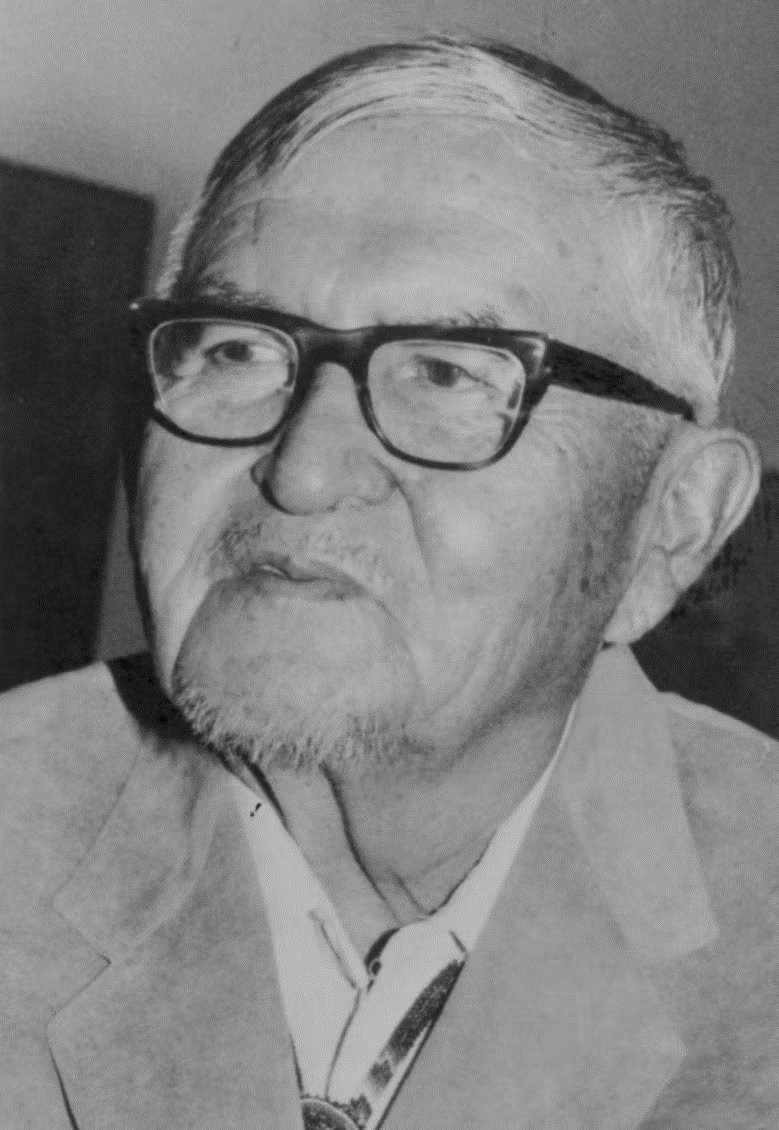Allan Houser

Allan Houser
"Human dignity is very important to me. I feel that way toward all people, not just Indians.”
Biography
World-famous Chiricahua Apache sculptor, Allan Houser studied painting in Santa Fe at the age of 22. Three years later, he was commissioned as a muralist by the Department of the Interior, as well as by the Golden Gate Exposition in San Francisco. In 1948 he began sculpting and created the marble “Comrade in Mourning” in memory of the Indian casualties of World War II. The Guggenheim Foundation then awarded him a fellowship. In 1954, Houser was awarded the “Palmes of Academique” from the French government; in 1968, the Grand Award for Philbrook Museum of Art; in 1969, the Waite Phillips Award, Philbrook; in 1973, the Gold Medal in Heard Museum; in 1983, sculpture inclusion in Salon d’Autumne Exhibit, Grand Palais, Paris and Oklahoma’s Allan Houser Week. In 1991, he was the recipient of the National Cowboy and Western Heritage Museum’s Prix de West award for his bronze sculpture, “Smoke Signals.” He was also presented the Ellis Island National Medal of Freedom. In 1992, Mr. Houser became the first American Indian to receive the National Medal of Arts, the nation’s highest art award. Five months before his death, he presented his sculpture, “May We Have Peace,” to the people of the United States in 1994 in Washington, D.C., where First Lady Hillary Clinton and Tipper Gore, wife of Vice President Al Gore, accepted the gift.
Fun fact
Allan Houser was the first baby born to the Apache Tribe after Geronimo’s band was released from Ft. Sill, Oklahoma.
Oklahoma connections
Houser was born in Apache, Oklahoma.
